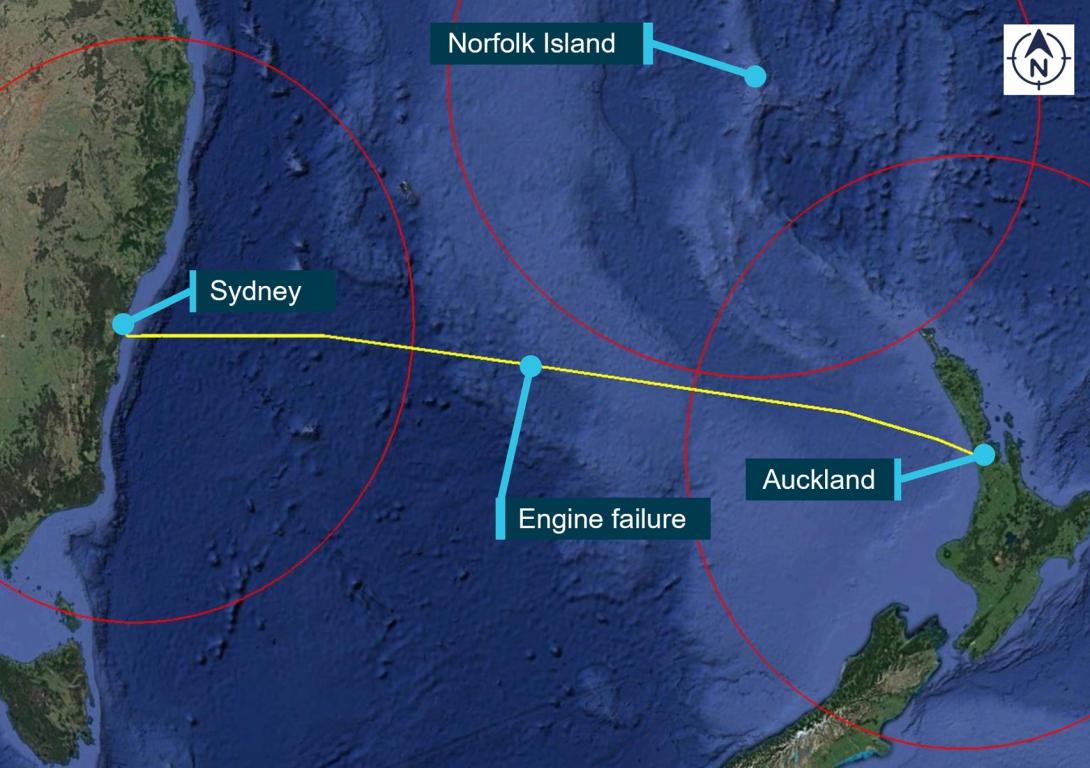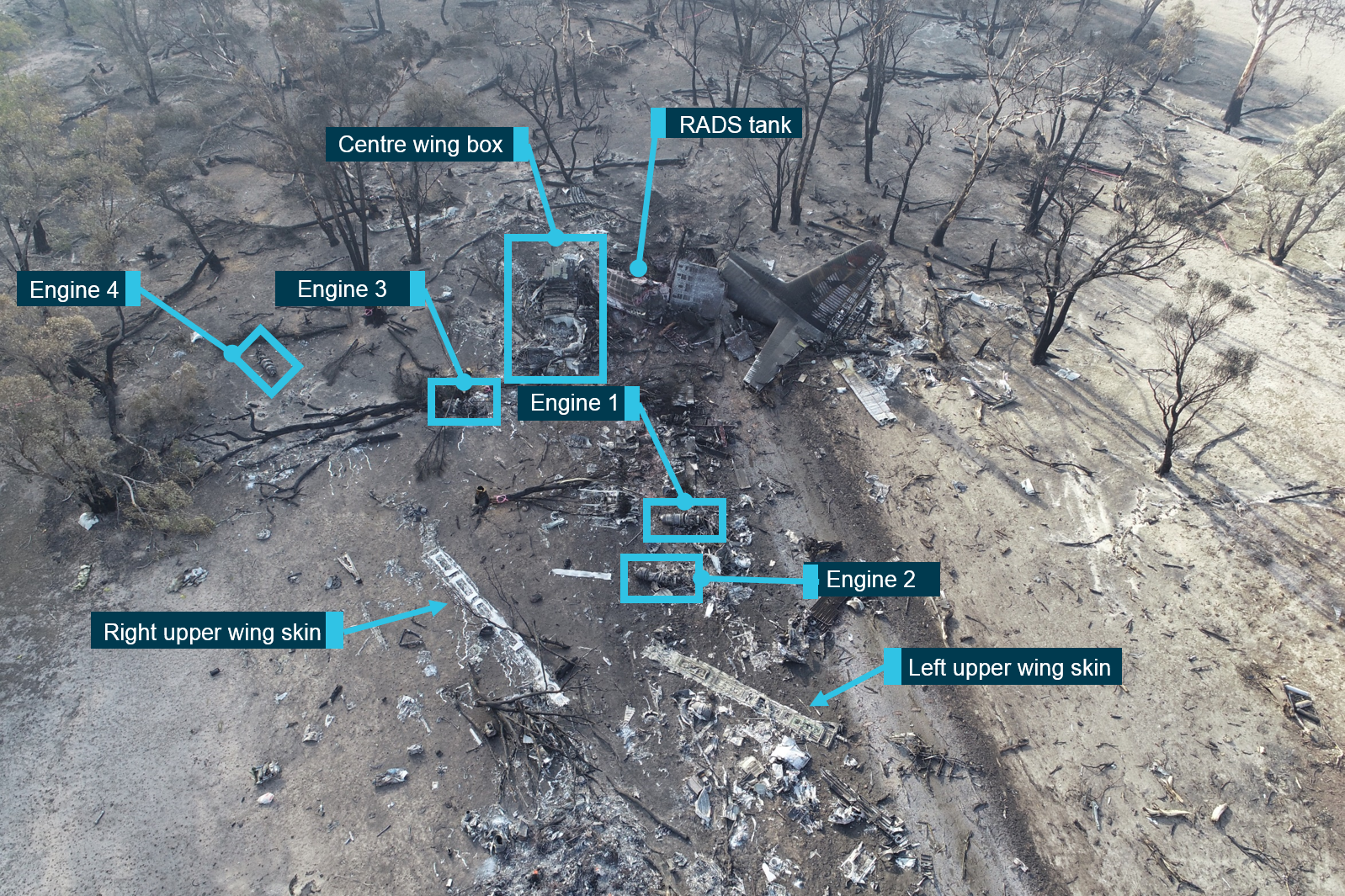The Dutch Safety Board has called for the swift development of independent systems which warn pilots when their aircraft has insufficient take-off performance.
The board analysed serious incidents involving incorrect thrust settings in Boeing 737-800 aircraft in 2014 and 2015.
‘In both incidents the required safety margins for take-off performance were not met, increasing the risk of a runway overrun, tail strike and a collision with an obstacle after departure,’ the report said.
In the first incident, the pilots of a flight taking off from Groningen Airport Eelde in north-eastern Holland became aware that acceleration was less than expected, and the aircraft became airborne only 60 metres from the end of the runway. The report said that the pilots, using a data card, had miscalculated the take-off weight by 10 tonnes, and consequently set insufficient thrust.
The second incident, on a flight from Lisbon in Spain, occurred after the operator had introduced digital performance calculations on an electronic flight bag (EFB). An input error meant that take-off performance was calculated for an incorrect runway/take-off position, possibly due to unclear naming of take-off positions. The available runway length was 1120 metres less than calculated.
‘A common factor in both incidents was that the errors could propagate, because there were no adequate crosschecks in place to detect the specific errors made by the flight
crew,’ the report said.
‘A crosscheck detecting the erroneous take-off weight on the bug card was lacking in the Groningen incident. A crosscheck detecting that both pilots were making the same runway selection error was lacking in the Lisbon incident.
‘Another common factor in both incidents was that the flight crew did not select additional thrust after realising the take-off roll was unusually long.’
The report points out that worldwide, there have been numerous incidents involving erroneous take-off parameters.
Once such incident, reported in Flight Safety Australia’s January 2017 edition, involved an Emirates Airbus A340 taking off from Melbourne in March 2009.
A single digit incorrectly input into an EFB meant that the aircraft was 100 tonnes heavier than the take-off weight calculations. The aircraft was sluggish to accelerate, suffered a serious tailstrike, and overran the runway before becoming airborne. The crew managed to dump fuel and return for a safe landing.
The Dutch Safety Board said that development of new and independent monitoring systems to provide flight crews with a timely warning that the required take-off performance could not be achieved, was slow. It said that the European Aviation Safety Agency (EASA) had not given development of regulations for such systems a high priority because there had been only three fatal accidents involving take-off performance-related incidents in the past 16 years.





